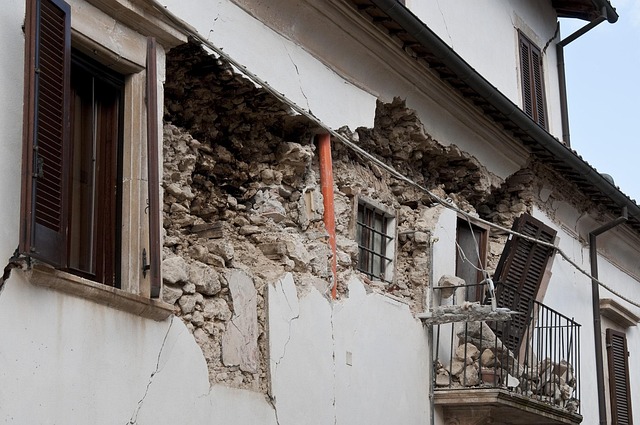Understanding real estate investment risks through market trend analysis, property inspections, and professional consultation is vital. Implementing preventative strategies like regular maintenance fosters care, extends property lifespan, and maximizes ROI. Staying proactive in learning about market shifts and adopting tech innovations protects investments, attracts buyers/tenants, and enhances long-term value.
In the dynamic realm of real estate, safeguarding investments is paramount. This article guides investors through a comprehensive approach to mitigate risks and ensure long-term success. By assessing and understanding unique investment risks, implementing robust preventative strategies, and regularly reviewing adaptations, you can navigate the market with confidence. Discover practical tips and insights tailored for real estate investors seeking to protect and grow their portfolios effectively.
Assess and Understand Investment Risks in Real Estate

Understanding the risks associated with real estate investments is a pivotal first step in safeguarding your portfolio. Every property comes with its own unique set of challenges, from market fluctuations to unforeseen maintenance issues and legal complications. Assessing these risks involves meticulous research and analysis. Begin by evaluating the local real estate market trends, considering factors like historical performance, current demand, and potential future growth prospects. This provides insights into the stability and return on investment (ROI) expectations.
Additionally, conduct a thorough inspection of the property itself to identify any existing or potential issues. Structural integrity, zoning regulations, neighborhood dynamics, and the overall condition of the property are critical aspects to consider. Consulting with industry professionals, including real estate agents, lawyers, and experienced investors, can offer valuable perspectives. By thoroughly understanding these risks, investors can make informed decisions, implement necessary precautions, and mitigate potential losses, ensuring their real estate investments remain a solid component of their diversified portfolio.
Implement Robust Preventative Strategies for Property Investments

Implementing robust preventative strategies is essential for safeguarding real estate investments. This involves a multi-faceted approach, from routine property inspections to comprehensive maintenance plans. Regular checks can identify potential issues early on, preventing minor problems from escalating into costly repairs. For instance, inspecting plumbing and electrical systems, checking for pest infestations, and examining structural integrity are crucial steps in maintaining the value and safety of your investment.
Additionally, staying proactive with preventative measures fosters a culture of care and attention. This includes adhering to a strict maintenance schedule, promptly addressing any identified concerns, and investing in high-quality security systems. Such proactive efforts not only extend the lifespan of the property but also enhance its appeal to potential tenants or buyers, ultimately maximizing your investment return.
Regularly Review and Adapt Measures to Secure Long-Term Gains

Staying ahead in the ever-evolving market is crucial for safeguarding investments, especially in the competitive realm of real estate. Regularly reviewing and adapting your security measures is essential to ensure long-term gains. This proactive approach involves staying informed about market trends, understanding changing consumer behaviors, and promptly adjusting preventative strategies. By doing so, investors can mitigate potential risks and capitalize on emerging opportunities.
For instance, in today’s digital era, embracing innovative technologies for property management and security can be a game-changer. Implementing smart home systems, advanced surveillance tools, and digital access controls not only enhances the safety of investments but also appeals to tech-savvy tenants or buyers, potentially increasing their interest and long-term value.






